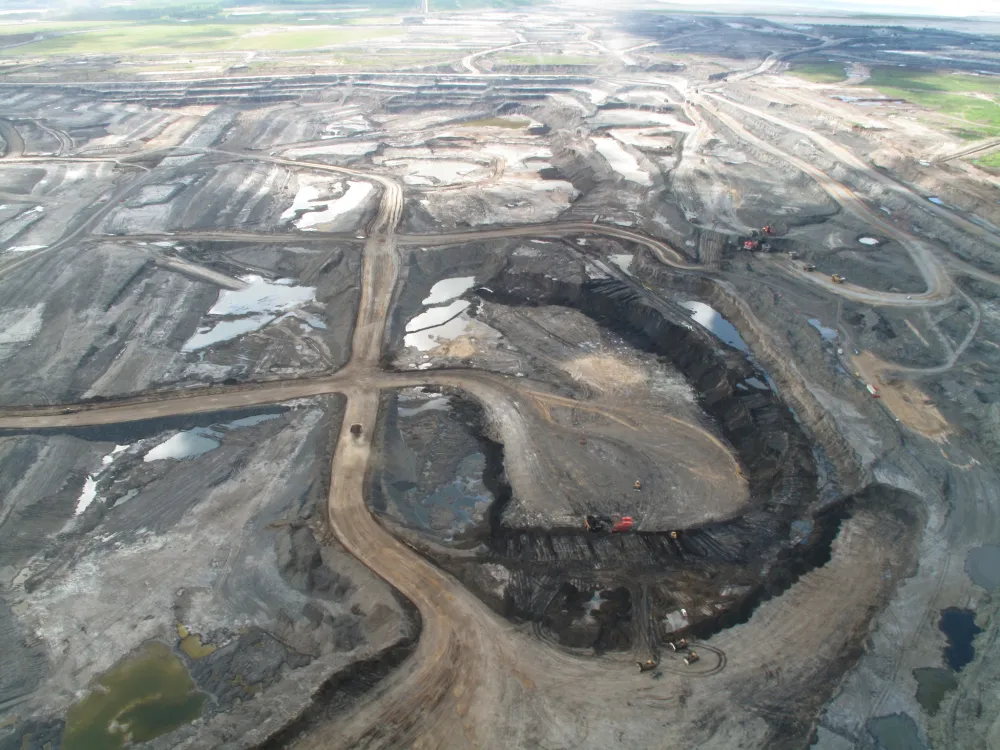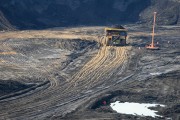Over the past 50 years, the development of the oilsands has changed the face of Alberta, driving innovation and technology to make oilsands a reality. The oilsands are the third largest oil reserve on earth, and despite a cycle of boom and busts, contribute to the prosperity of the province. Industry, however, has not addressed many of the largest environmental impacts generated by the oilsands, and much work is still left to be done. This blog is part of a series where we look back at the last 50 years of the oilsands industry and shed light on a number of the remaining challenges. See Part 2 here, Part 3 here, and Part 4 here.
After 50 years of production, the oilsands remain among the world’s most carbon intensive large-scale crude oil operations. Studies continue to back this up. The Carnegie Endowment’s Oil-Climate Index suggests most oilsands crude is associated with 31 per cent more emissions than the average North-American crude from the point of extraction through its lifecycle to the point of end use (See Figure 1).
Figure 1. Emissions associated with the full lifecycle of a crude (from extraction to combustion) for a selection of crudes produced in North America
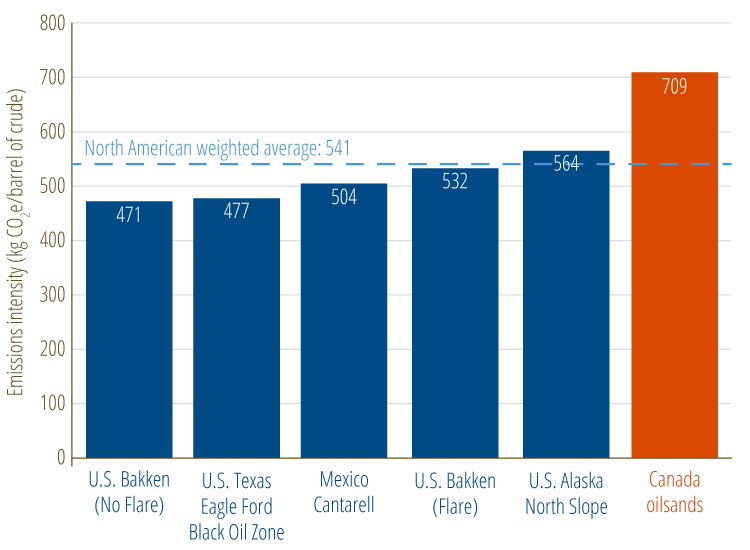
When looking at the carbon pollution associated with the extraction and processing, the Oil-Climate Index suggests that the oilsands generate 2.2 times as many emissions per barrel than the average crude extracted in North America (See Figure 2).
Figure 2. Emissions associated with the extraction and processing for a selection of crudes produced in North America
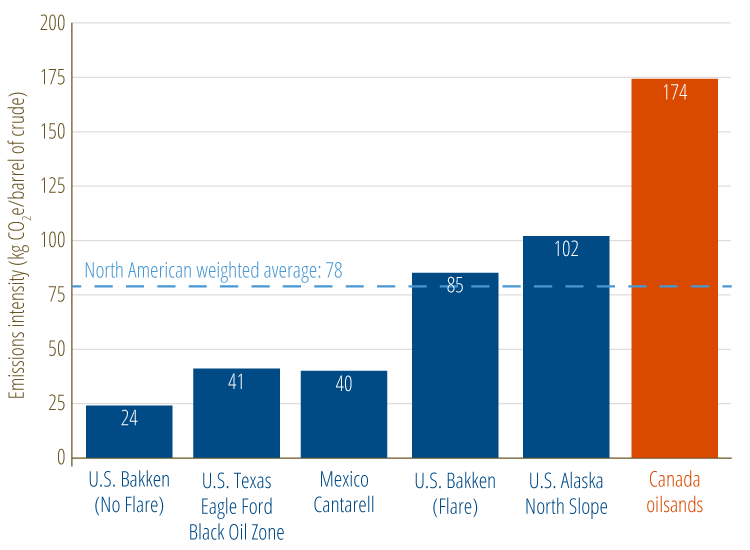
The latest data on carbon emissions associated solely with oilsands extraction indicate little improvement over time. Industry likes to celebrate the changes it implemented to reduce emissions and waste, but the greatest of those were one-off advances in emissions intensity nearly 20 years ago. Since then, the emission intensity from oilsands extraction increased nine per cent between 2004 and 2015, as illustrated in Figure 3.
Figure 3. Emissions intensity of oilsands extraction between 2004 and 2015
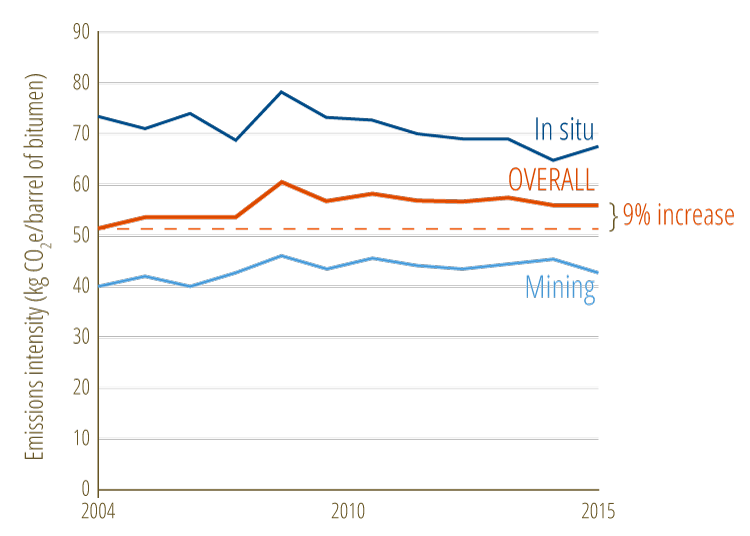
In short, the emission intensity of mining operations increased by seven per cent between 2004 and 2015, and this trend will certainly continue as producers access deeper, lower quality bitumen and the distance from mines to processing facilities increases. Although in situ operations’ emission intensity decreased by eight per cent between 2004 and 2015, this production type still produces 58 per cent more greenhouse gas emissions than surface mining. Because in situ has become the dominant form of extraction and has a higher intensity than mining, the overall emissions intensity of the sector continues to grow.
Data sources
- Emission intensities from North-American crudes are sourced from Carnegie Endowment for International Peace, Oil-Climate Index, “Viewing total emissions,” 2016.
- Greenhouse gas emissions are sourced from Environment and Climate Change Canada, National Inventory Report 1990-2015: Greenhouse Gas Sources and Sinks in Canada, Table A10–2, 2017.
- Bitumen production is sourced from Alberta Environment and Parks, Oil Sands Information Portal, “Total Oil Sands Production Graph.”
Oilsands at 50 Series – The Real Cost of Development
Part 1: The Real GHG trend: Oilsands among the most carbon intensive crudes in North America
Part 2: Tailings ponds: The worst is yet to come
Part 3: Fifty years of oilsands equals only 0.1% of land reclaimed
Part 4: Protect Alberta’s caribou, or they won’t survive 50 more years

